Low-impact workouts are quickly gaining popularity among those looking to stay fit without placing excessive stress on their joints. Whether you're recovering from an injury, managing chronic pain, or simply prefer a gentler approach to fitness, low-impact exercise offers an effective, sustainable solution.
What Is a Low-Impact Workout?
A low-impact workout is any physical activity that minimizes stress on the joints while still providing cardiovascular, strength, or flexibility benefits. Unlike high-impact routines that involve jumping or pounding movements, low-impact training keeps at least one foot on the ground and typically involves smoother, more controlled motions.
Benefits of Low-Impact Exercise
-
Joint protection – Ideal for those with arthritis, previous injuries, or joint concerns
-
Reduced risk of injury – Safer for beginners and older adults
-
Sustainable for long-term health – Encourages consistency without burnout or overuse
-
Improved mobility and balance – Supports functional movement in everyday life
-
Cardiovascular and muscular gains – When programmed correctly, you can still build muscle and burn calories effectively
Common Low-Impact Workouts
If you're unsure where to begin, consider the following low-impact fitness options:
-
Walking – One of the most accessible and underrated forms of cardio. Yes, walking is a low-impact exercise.
-
Cycling (stationary or outdoor) – Great for heart health and lower-body conditioning
-
Swimming and aqua aerobics – Practically zero-impact, perfect for rehab or chronic pain
-
Rowing machine workouts – Offers both cardio and upper-body strength
-
Resistance band exercises – Excellent for a low-resistance workout with full-body engagement
-
Pilates and yoga – Build core strength, flexibility, and balance
-
Low-impact dance fitness (like Zumba Gold) – Keeps things fun while torching calories
-
Strength circuits using body weight or light dumbbells – Build lean muscle with less strain
My Journey with Low-Impact Fitness
After years of heavy lifting and intense HIIT classes, I found myself battling recurring knee inflammation. At first, switching to low-impact workouts felt like a step back. But after a few weeks of rowing, bodyweight strength circuits, and low-impact toning workouts, I realized my body felt stronger, more agile, and less inflamed. I could train consistently without recovery setbacks. The shift didn’t just protect my knees—it reignited my passion for fitness.
How to Structure a Low-Impact Workout Routine
A well-rounded low-impact workout routine includes:
-
Warm-up (5–10 minutes): Marching in place, arm swings, gentle squats
-
Cardio (15–30 minutes): Brisk walking, elliptical, rowing, or no-impact exercise like pool workouts
-
Strength (15–30 minutes): Use resistance bands, machines, or your body weight
-
Flexibility and recovery (5–10 minutes): Yoga stretches or foam rolling
Start with 3–4 days per week and adjust based on your energy and goals. A low-impact fitness program can be as simple or advanced as your body allows.
Low-Impact Exercise for Women
Women often juggle multiple responsibilities and face unique physical challenges like postpartum recovery or hormonal changes. Low impact exercises for women, including low resistance training and core-focused toning, can support strength and hormone health without overtaxing the body. Whether you’re 25 or 65, low-impact fitness provides an adaptable, empowering path to lifelong strength.
Choosing the Right Environment
You can perform low-impact workouts at home, outdoors, or in a low-impact gym setting that offers machines designed for minimal stress on the body. Machines like ellipticals, rowers, and cable resistance systems are excellent for building muscle safely.
Looking for Something Even Easier?
If you're just starting or experiencing fatigue or pain, try very low impact exercises such as chair yoga, gentle stretching, or isometric holds. These options offer progress without pressure.
Final Thoughts
Low-impact doesn’t mean low results. With thoughtful programming and consistent effort, low-stress workouts can help you lose weight, build muscle, and feel better every day. Whether it’s for recovery, long-term wellness, or a balanced cross-training strategy, low-impact training is a smart and sustainable approach to fitness.


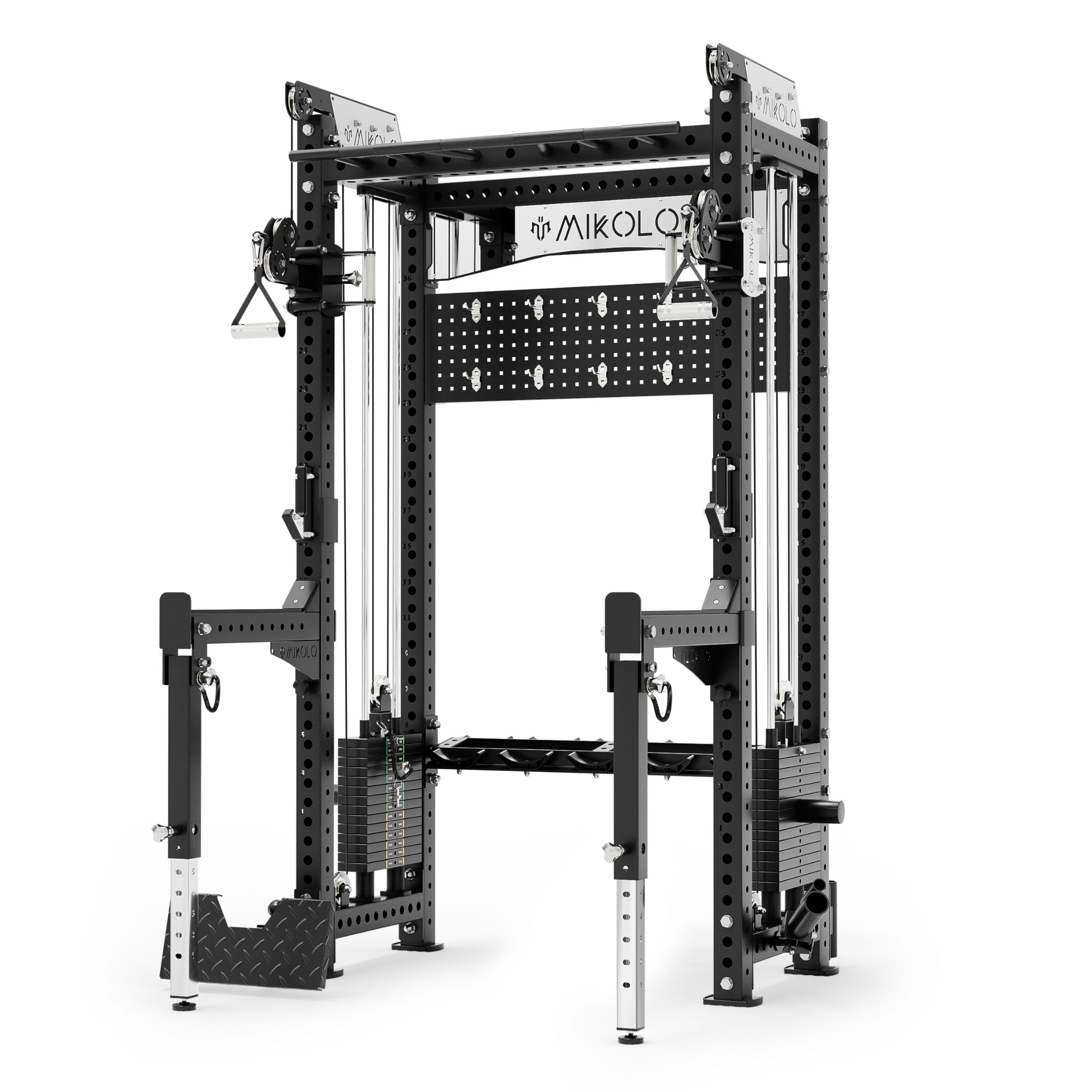
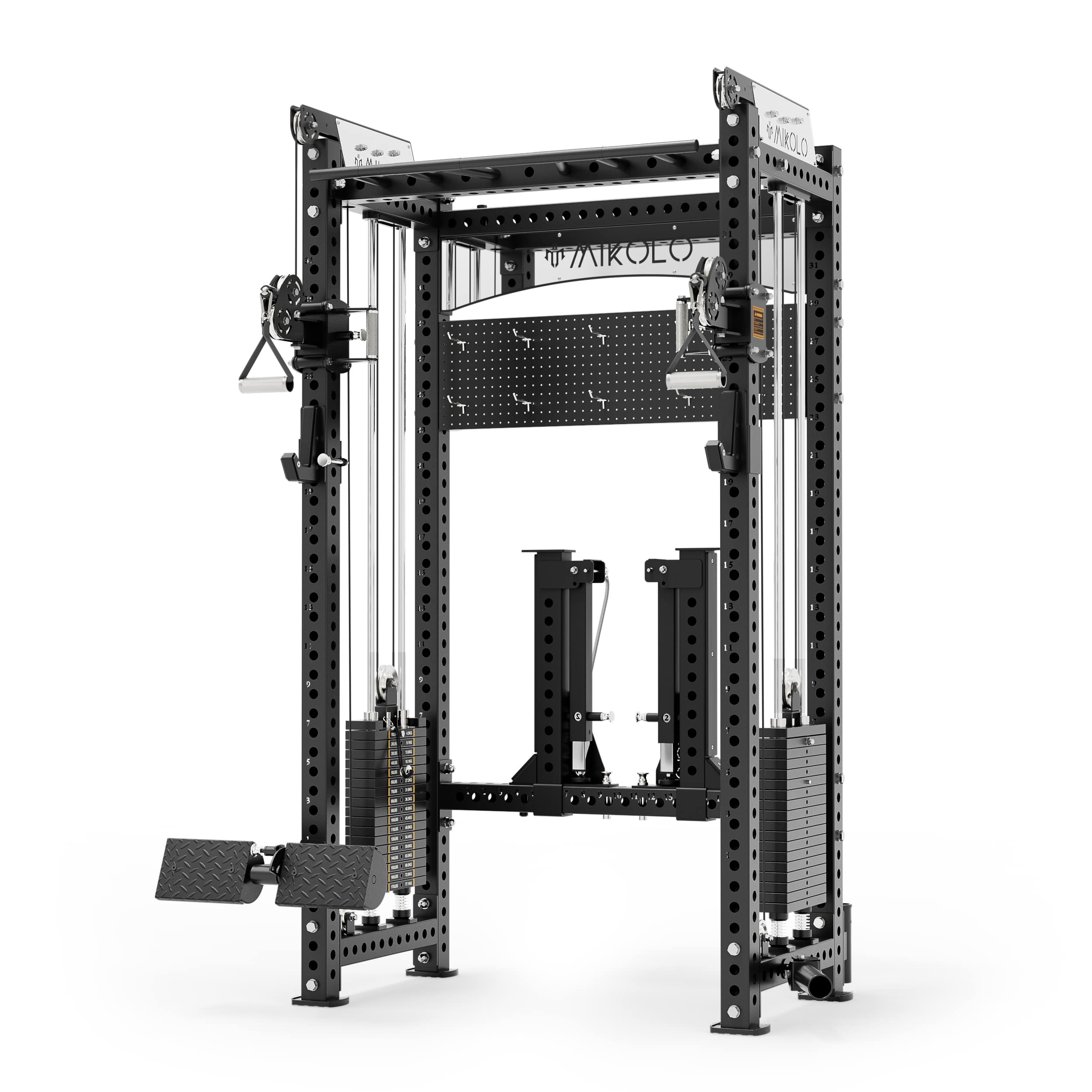
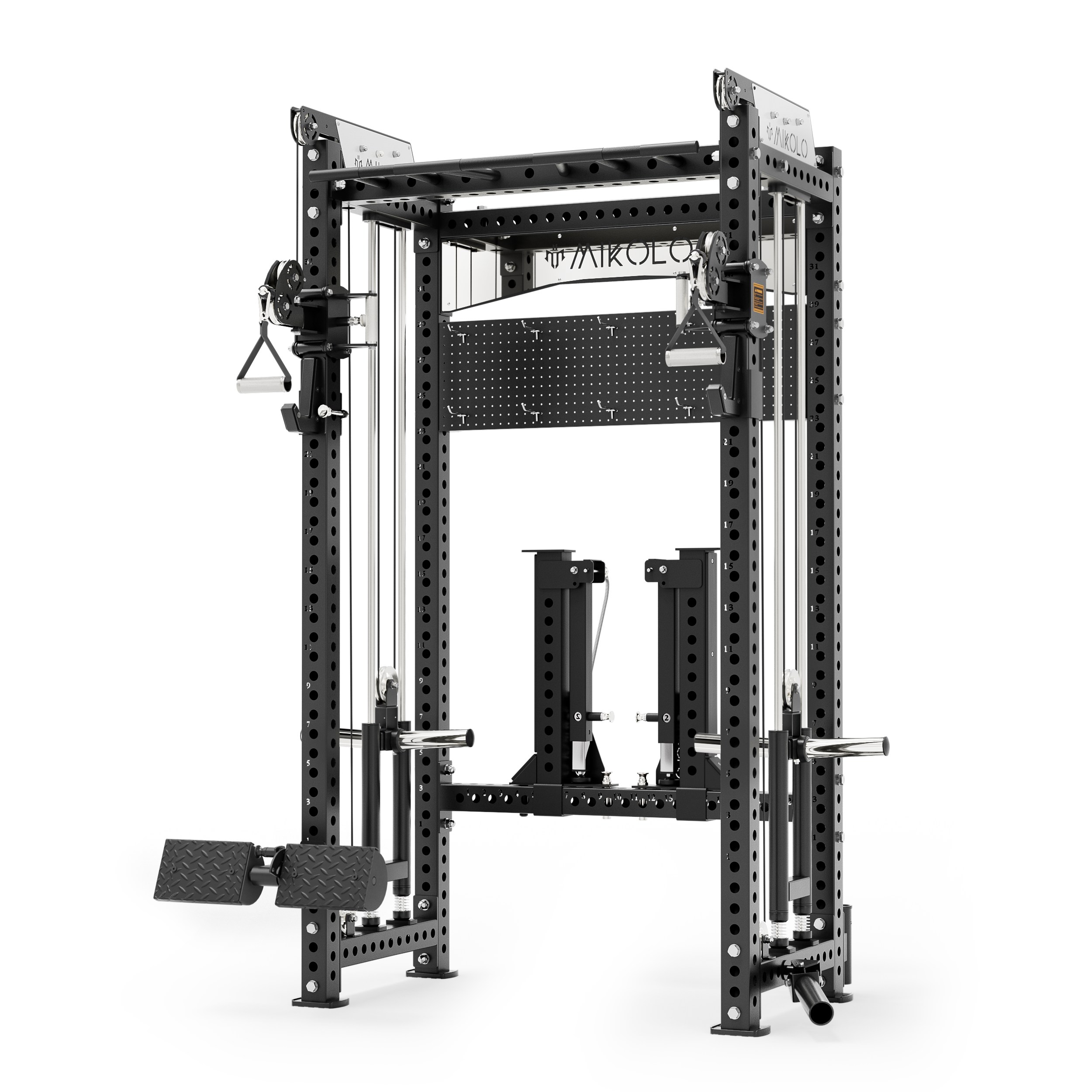
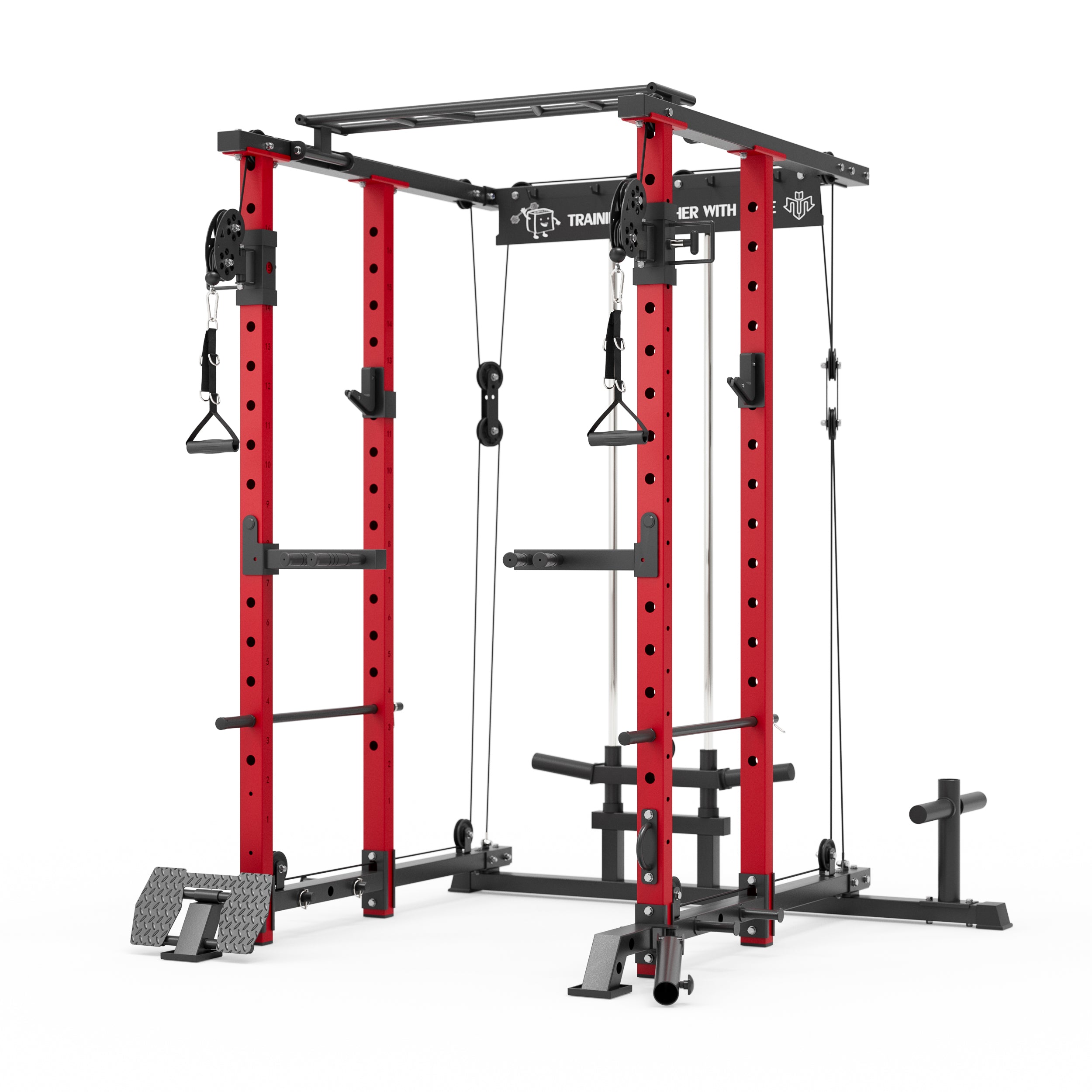

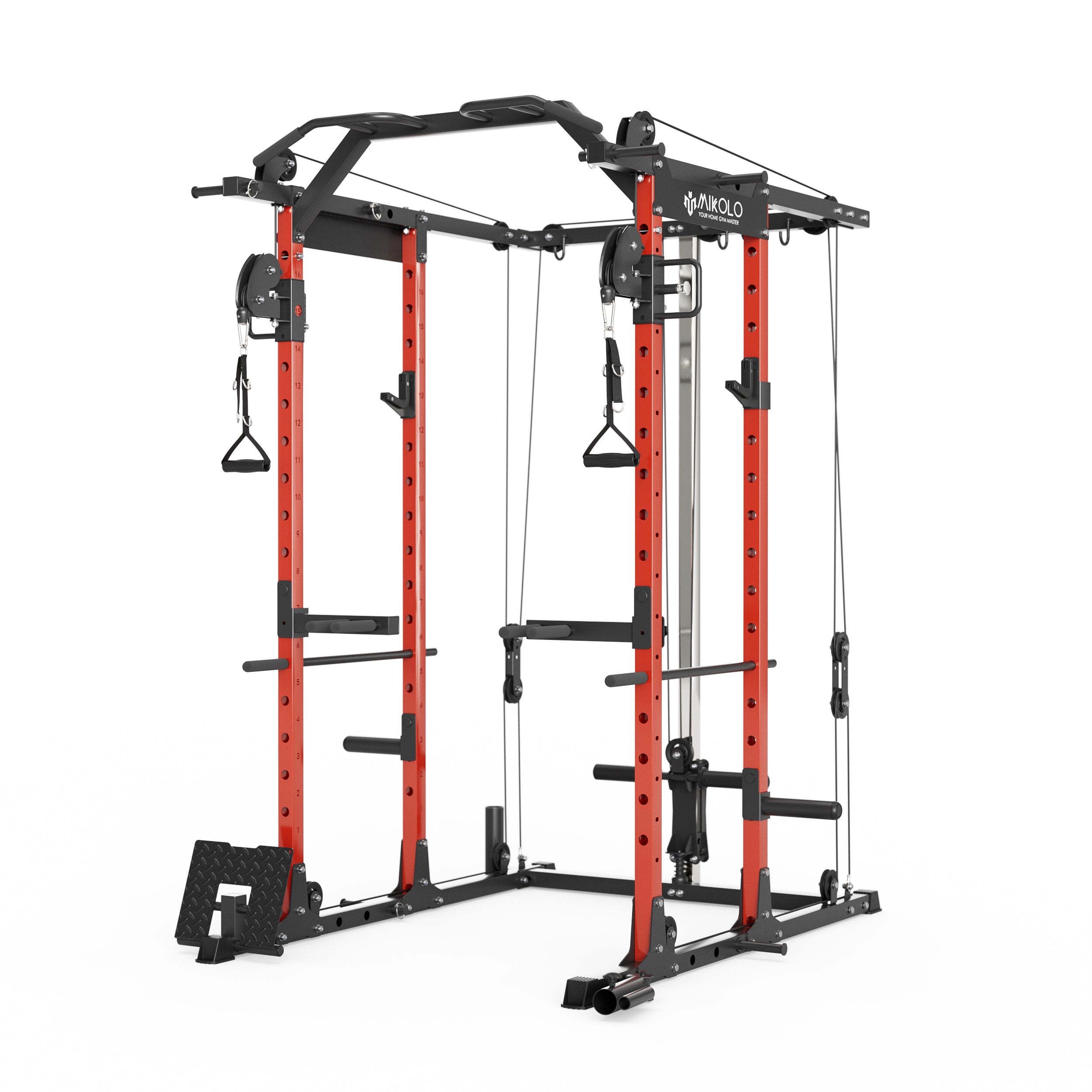
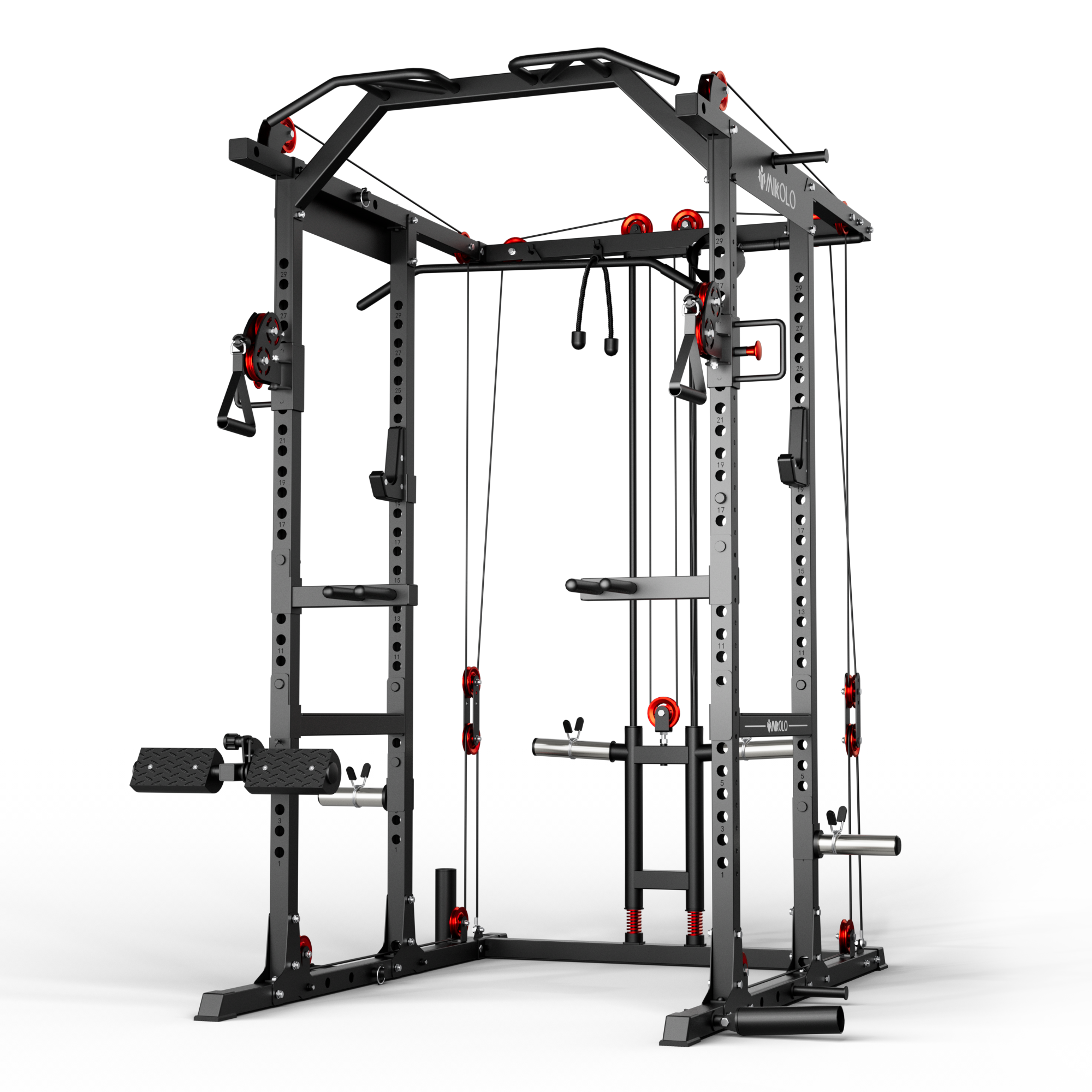
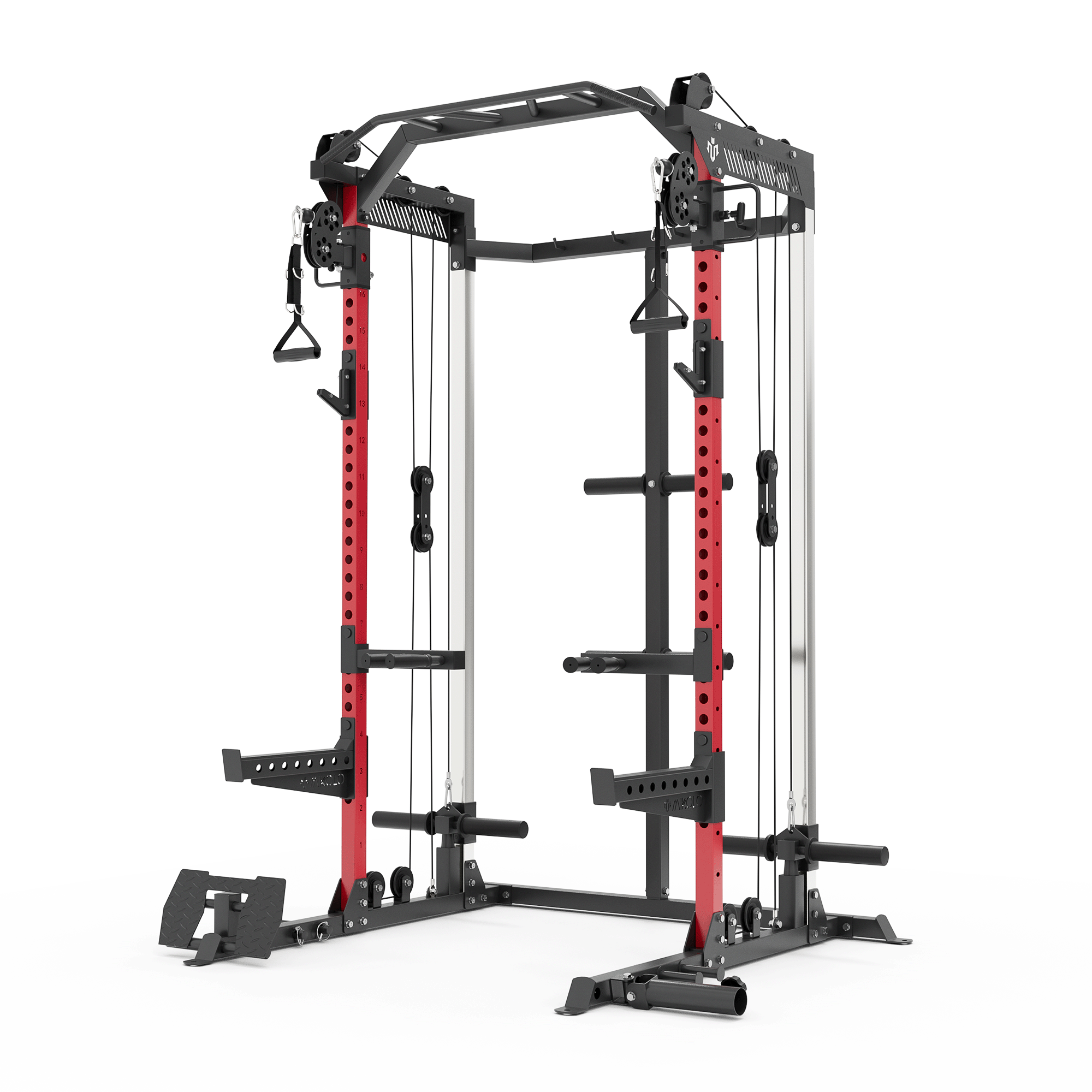
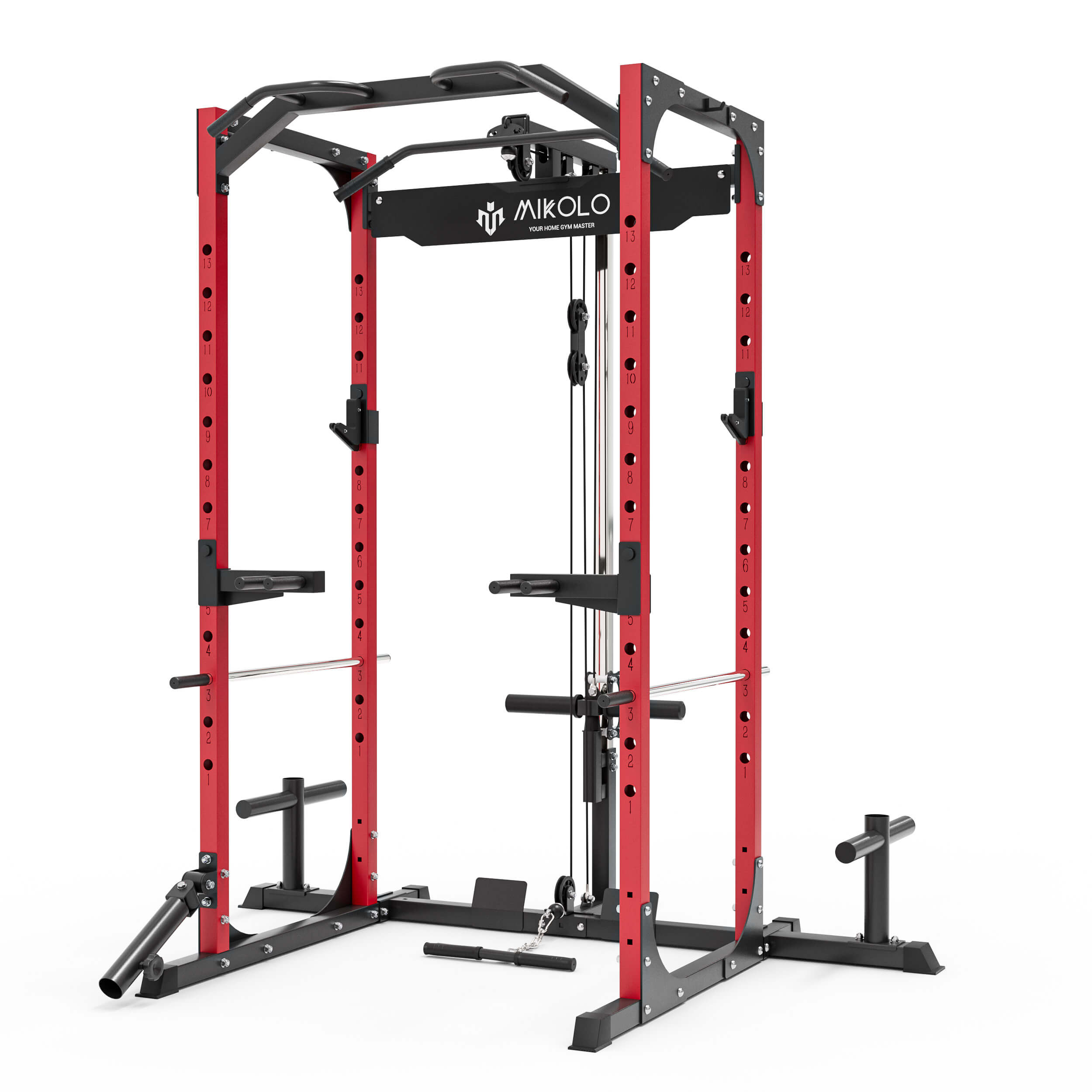
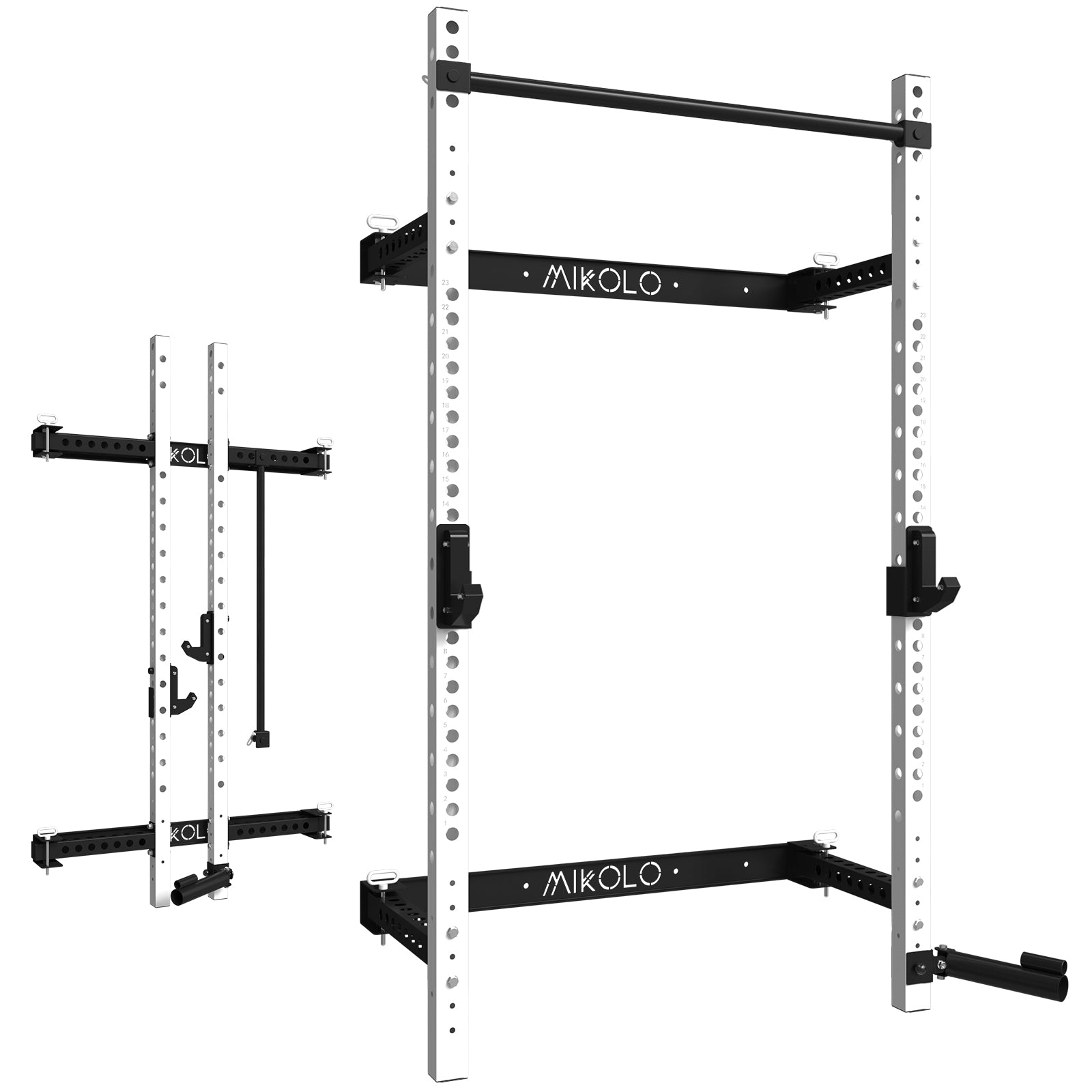


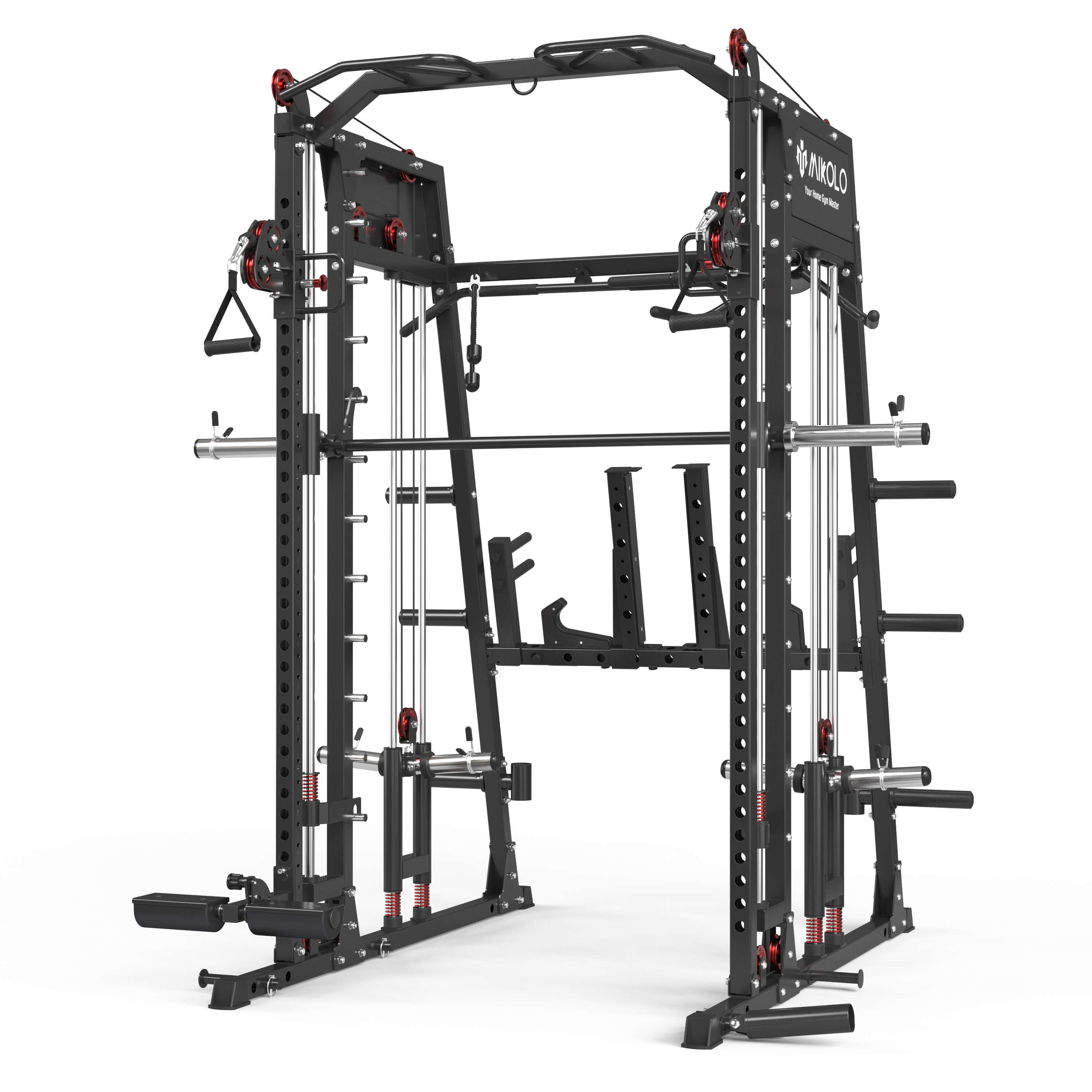
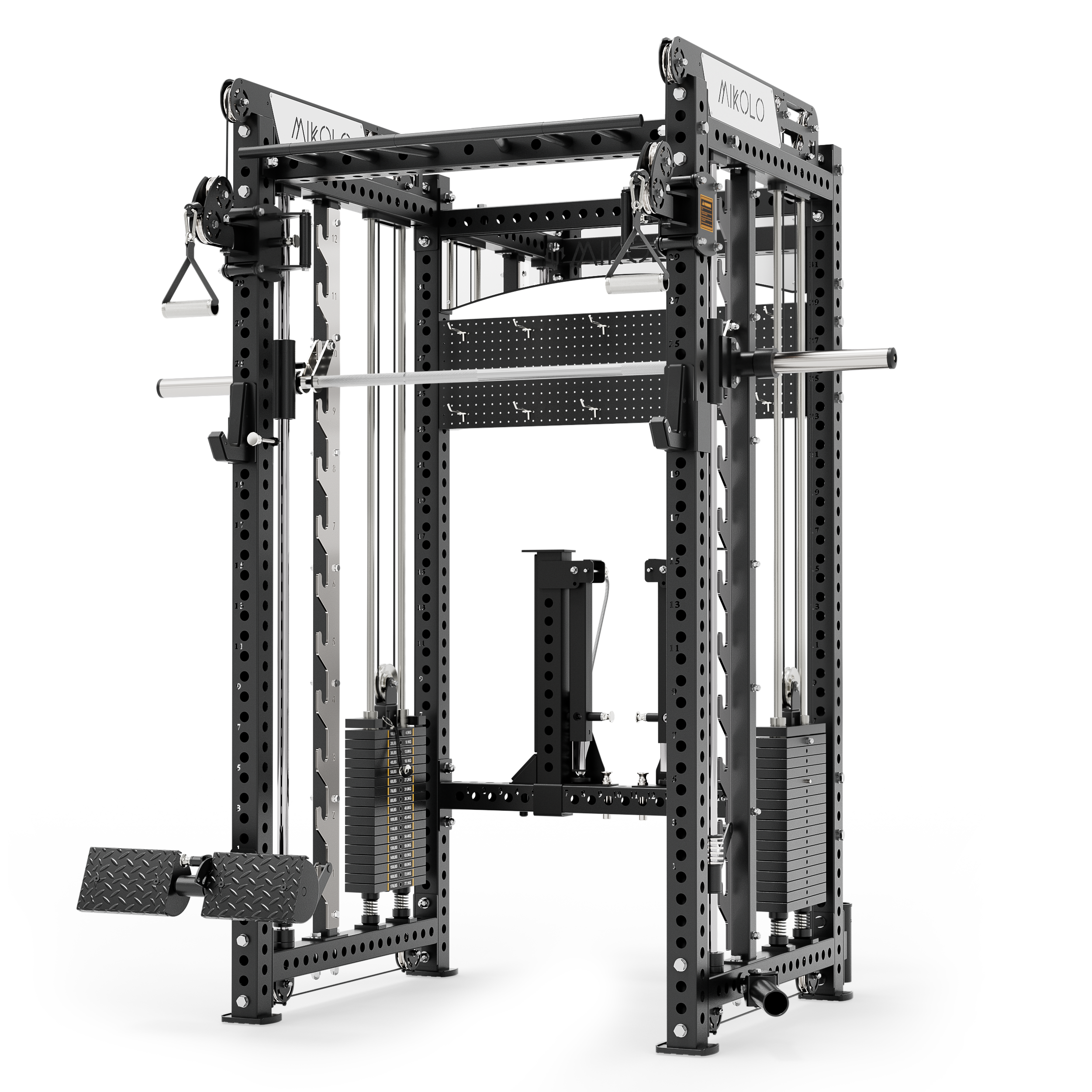
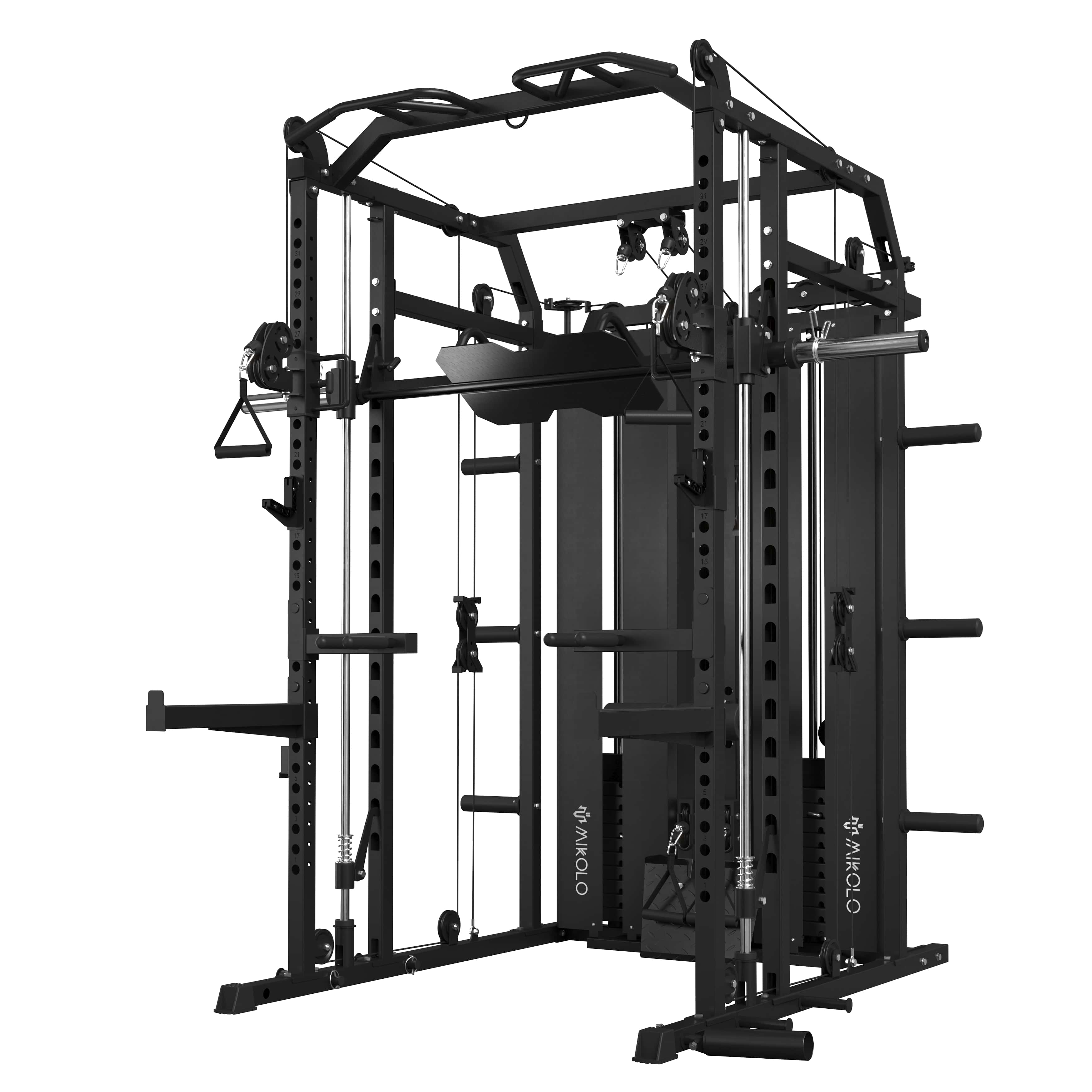
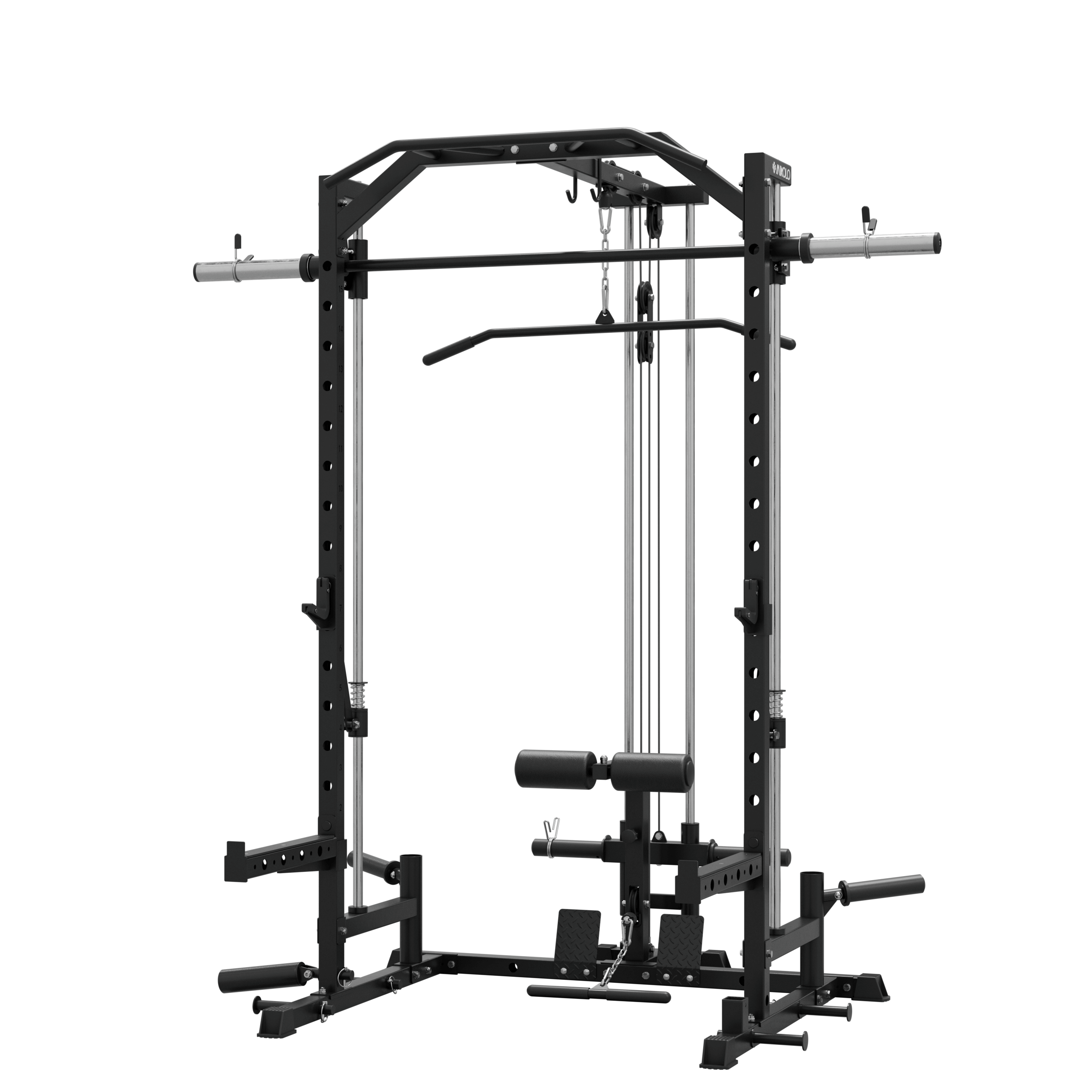
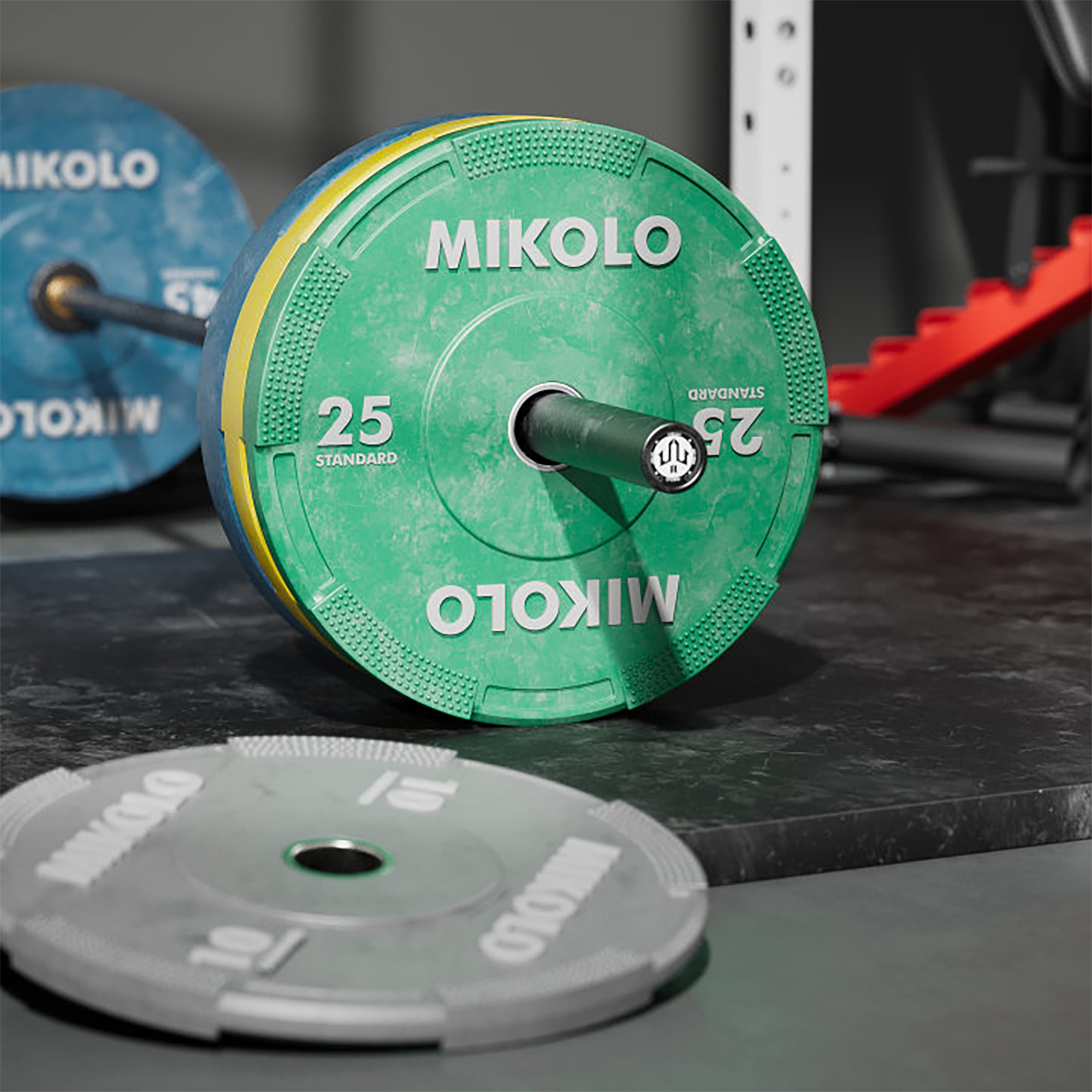
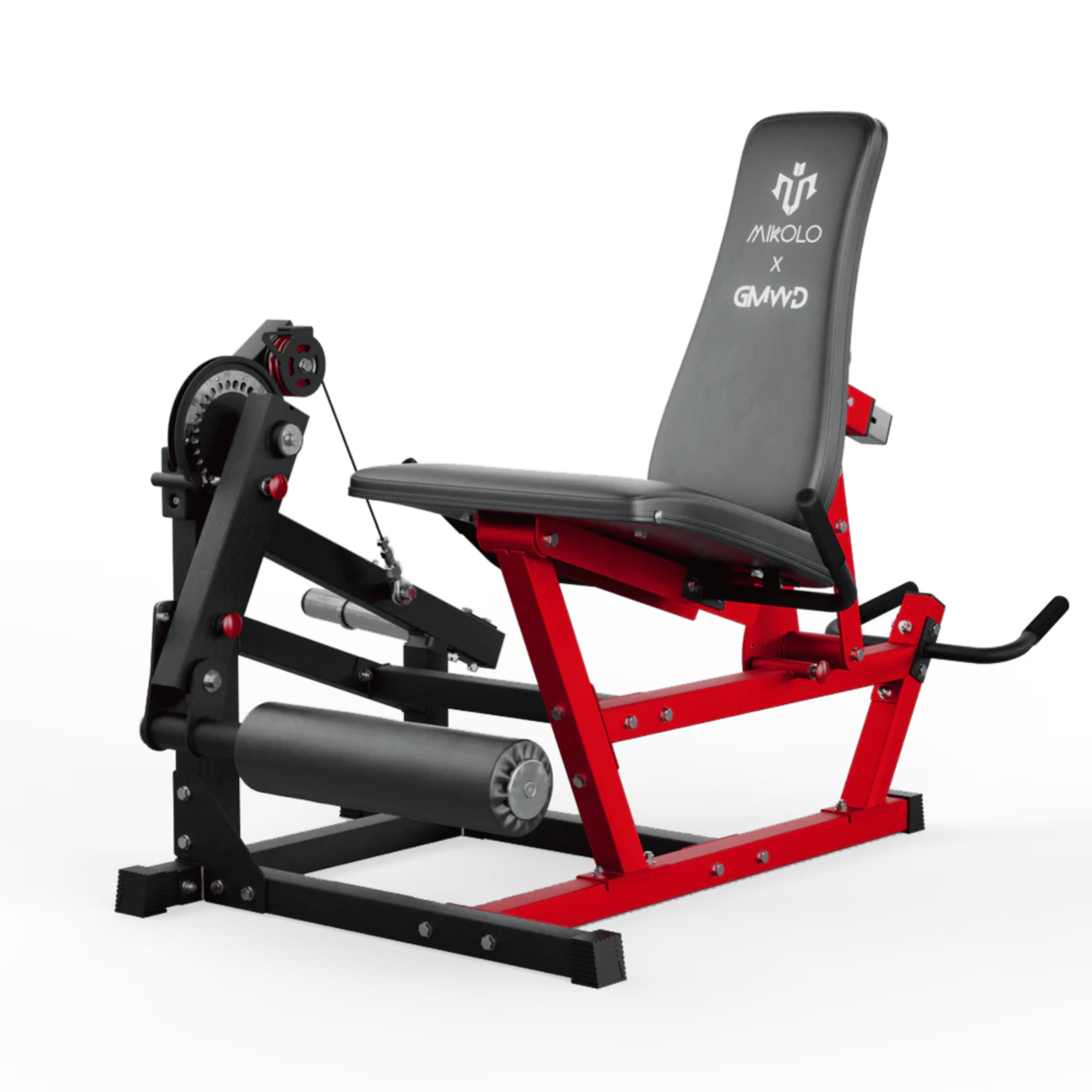
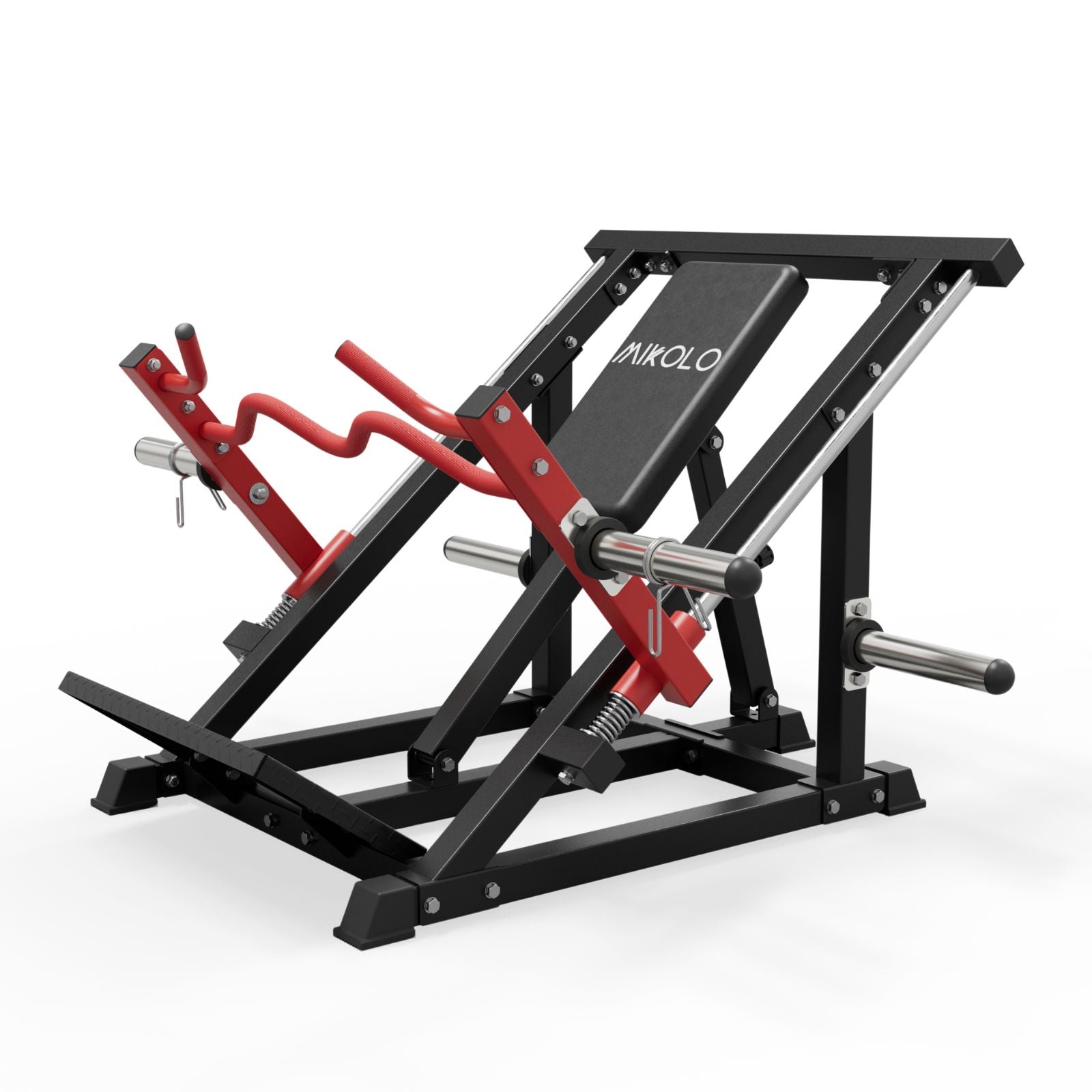
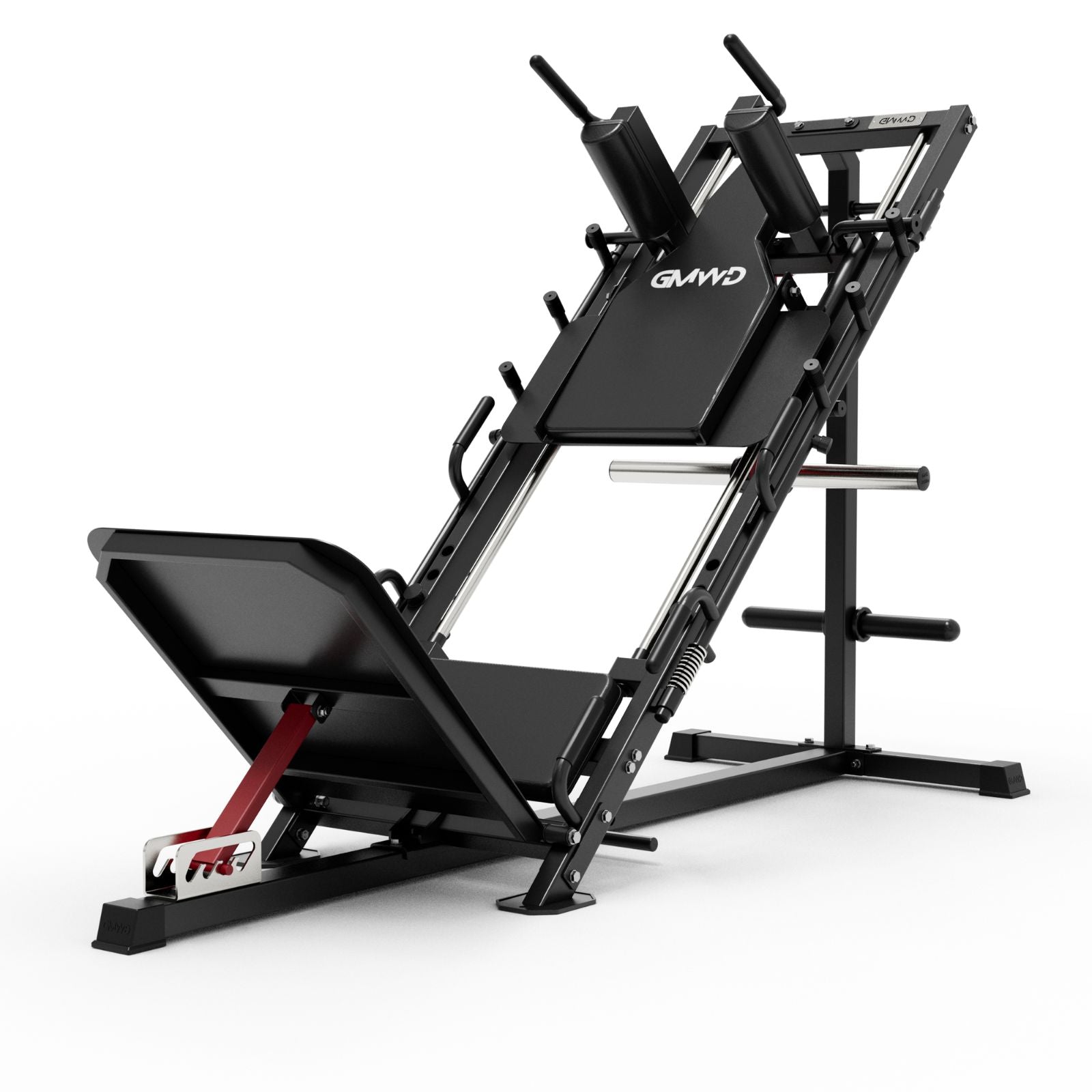


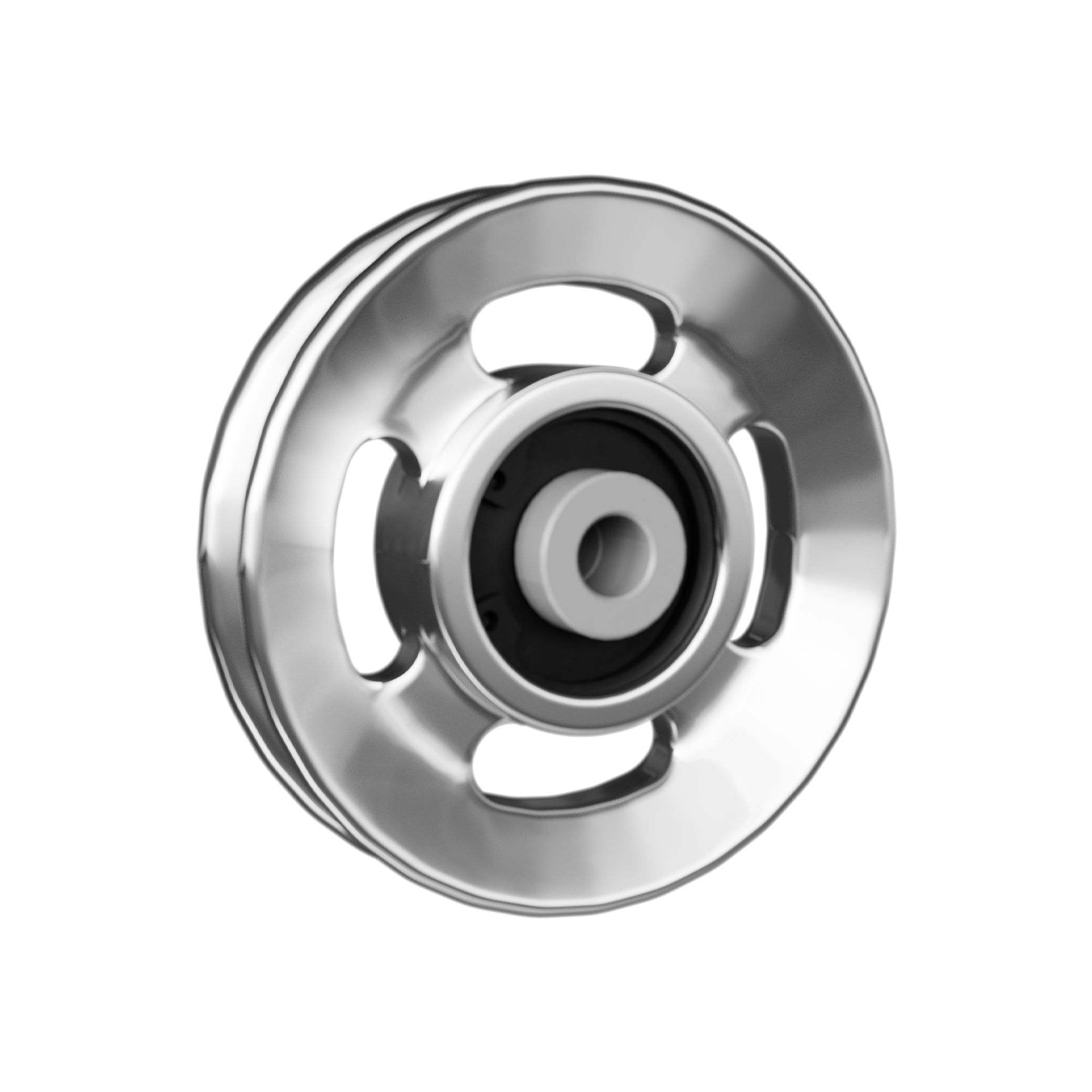
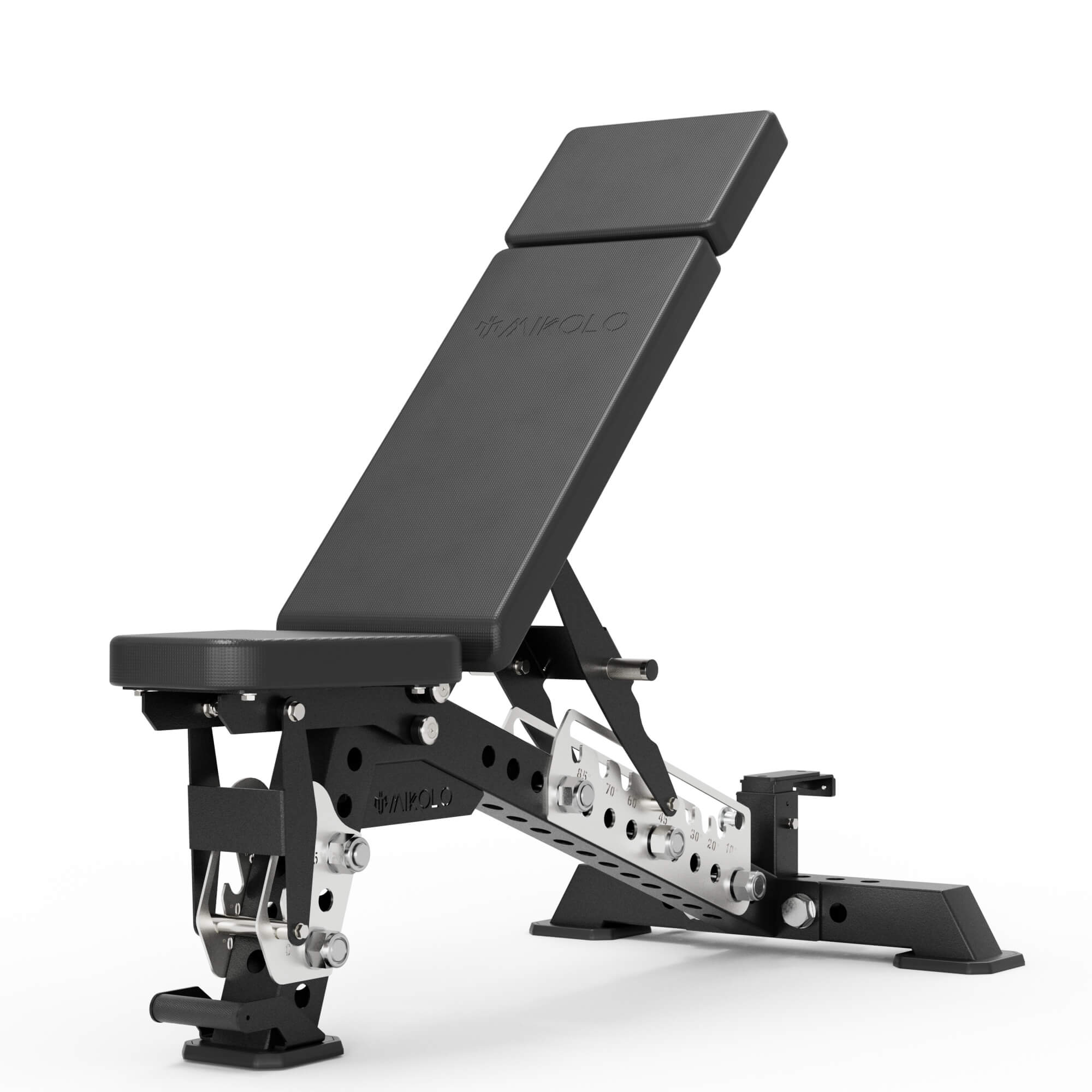


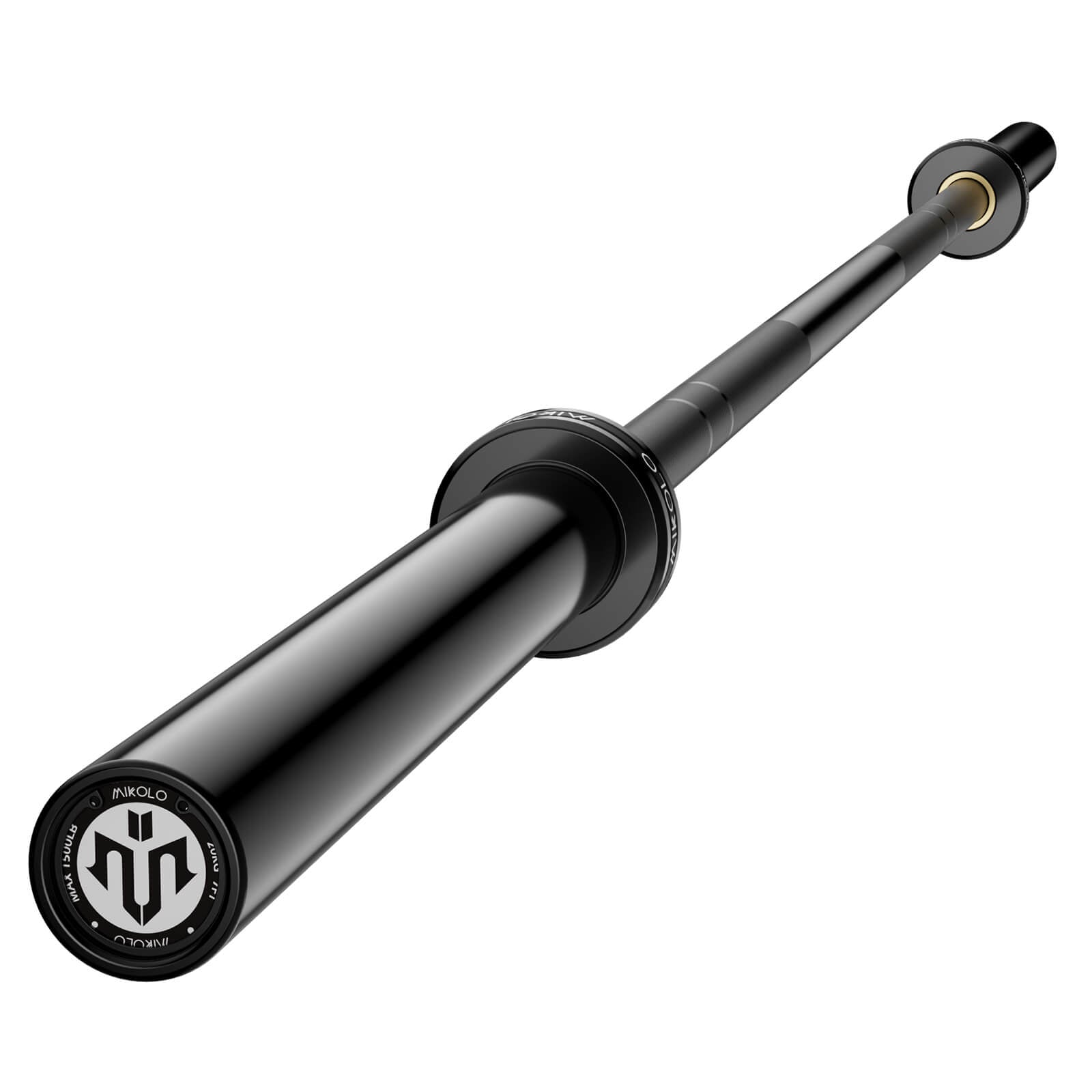

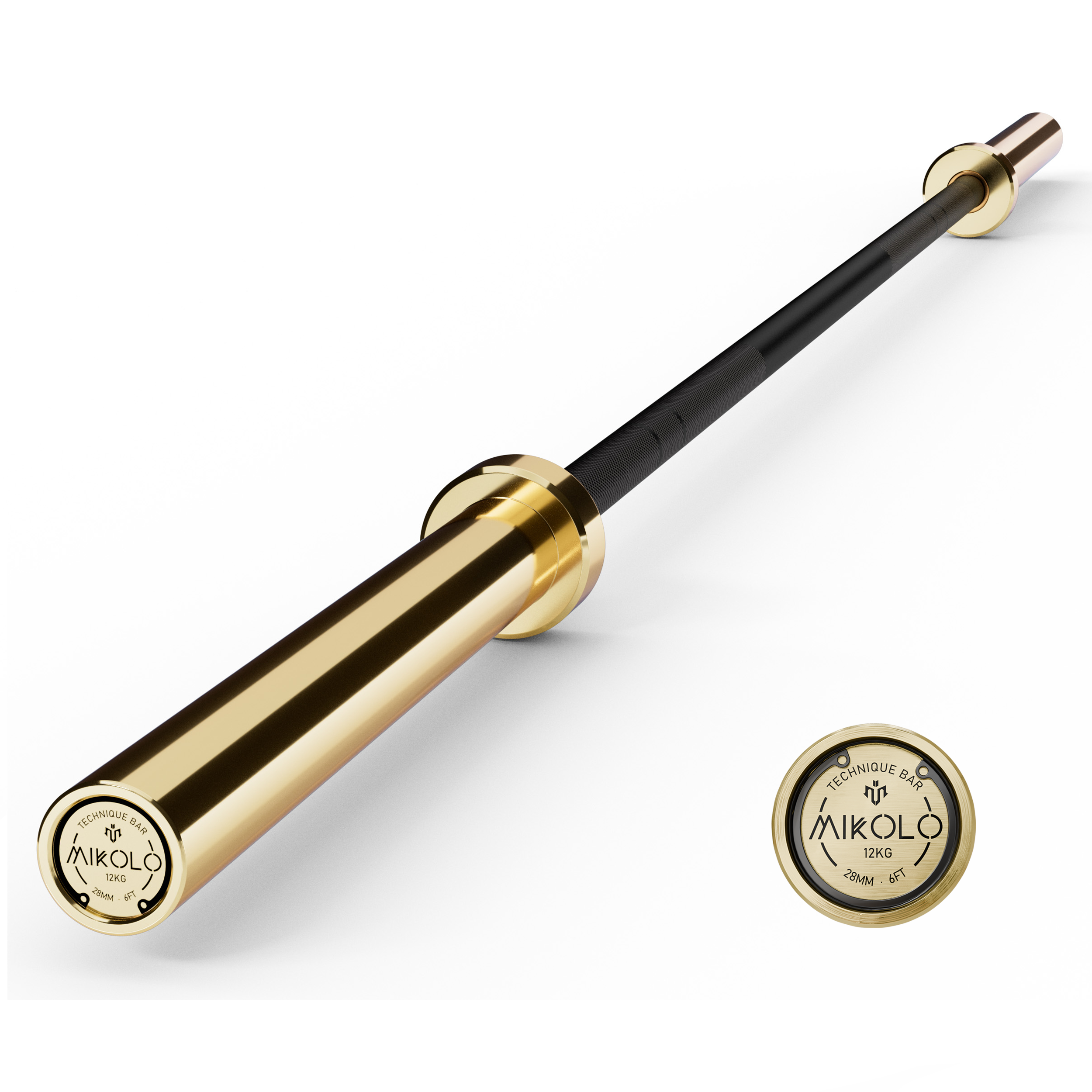
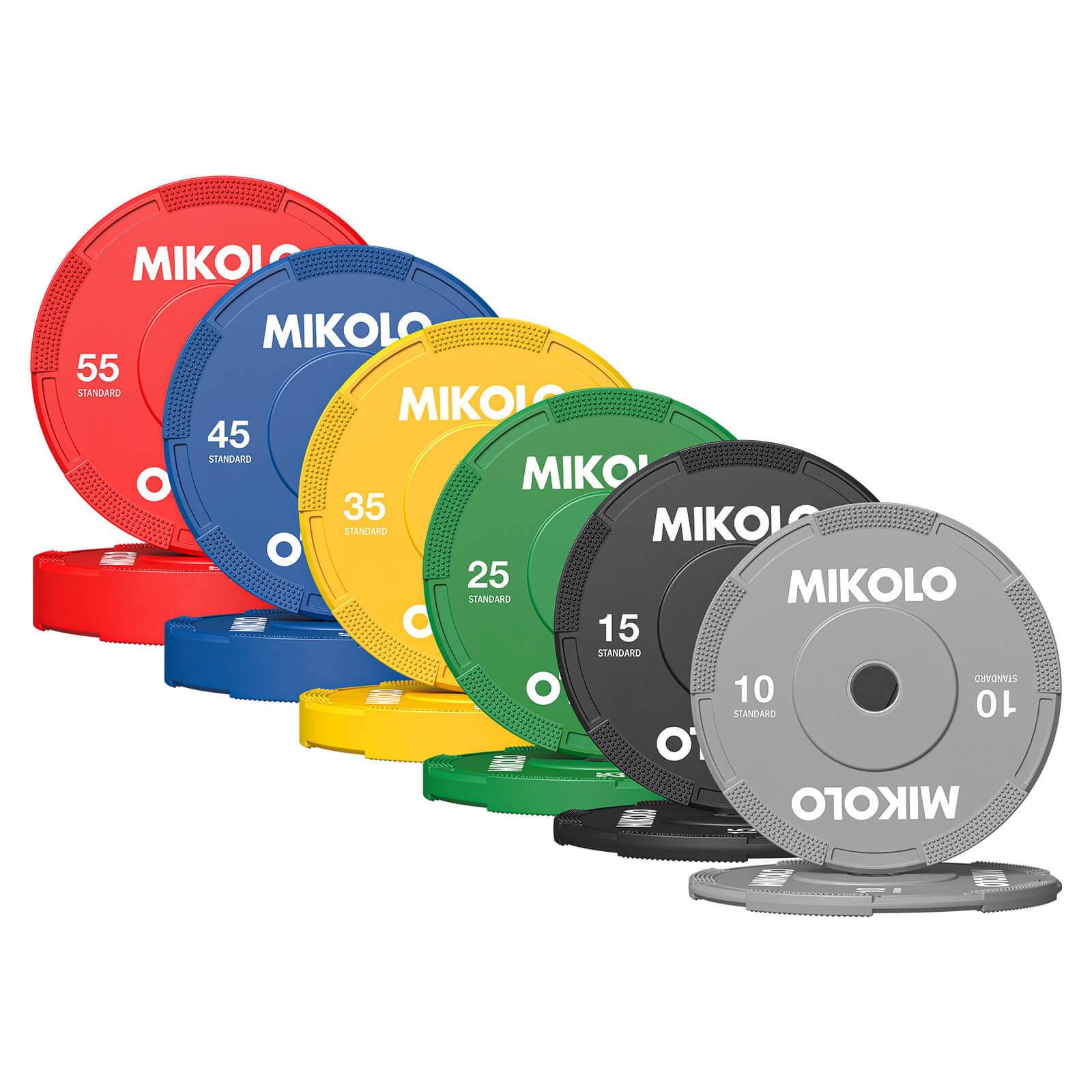
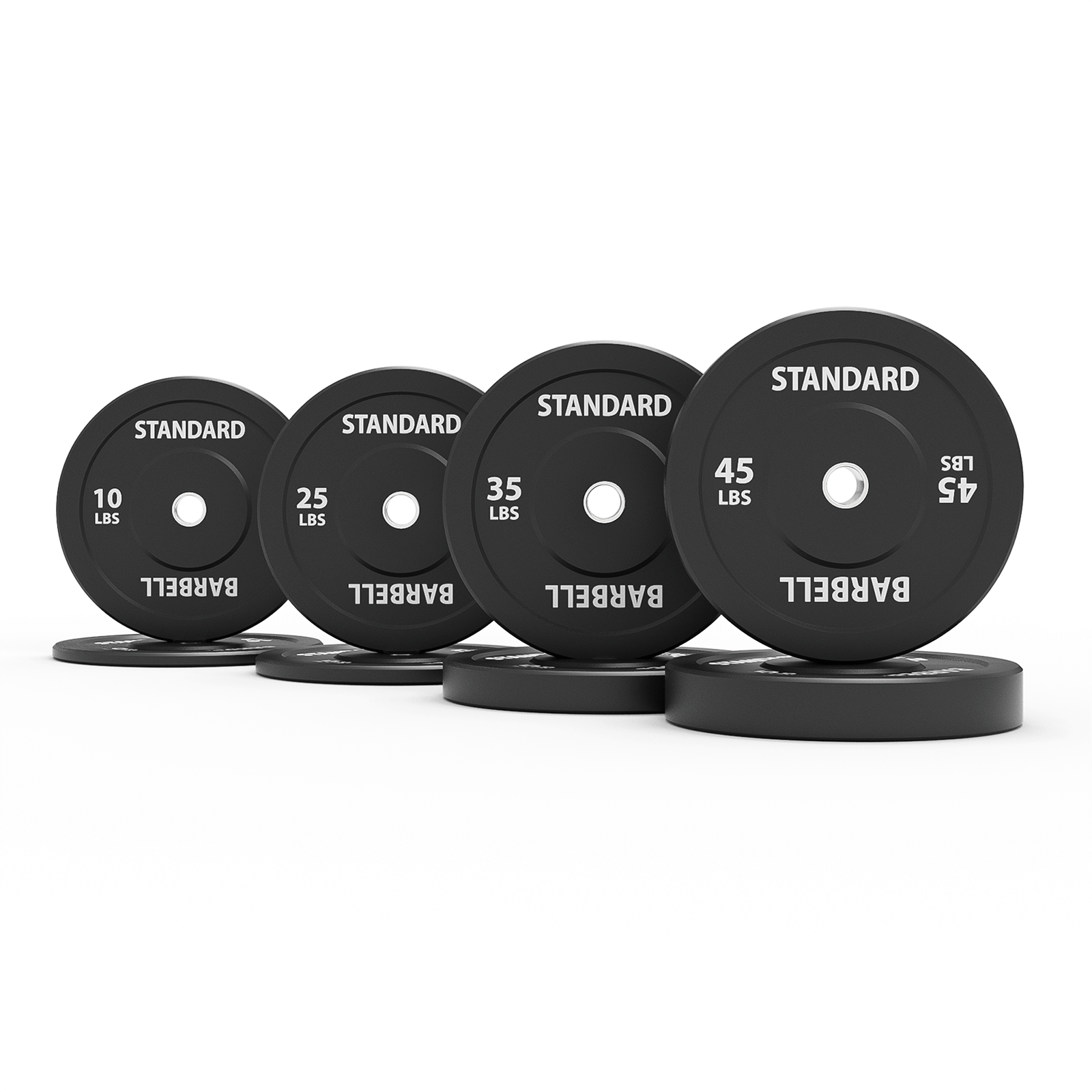
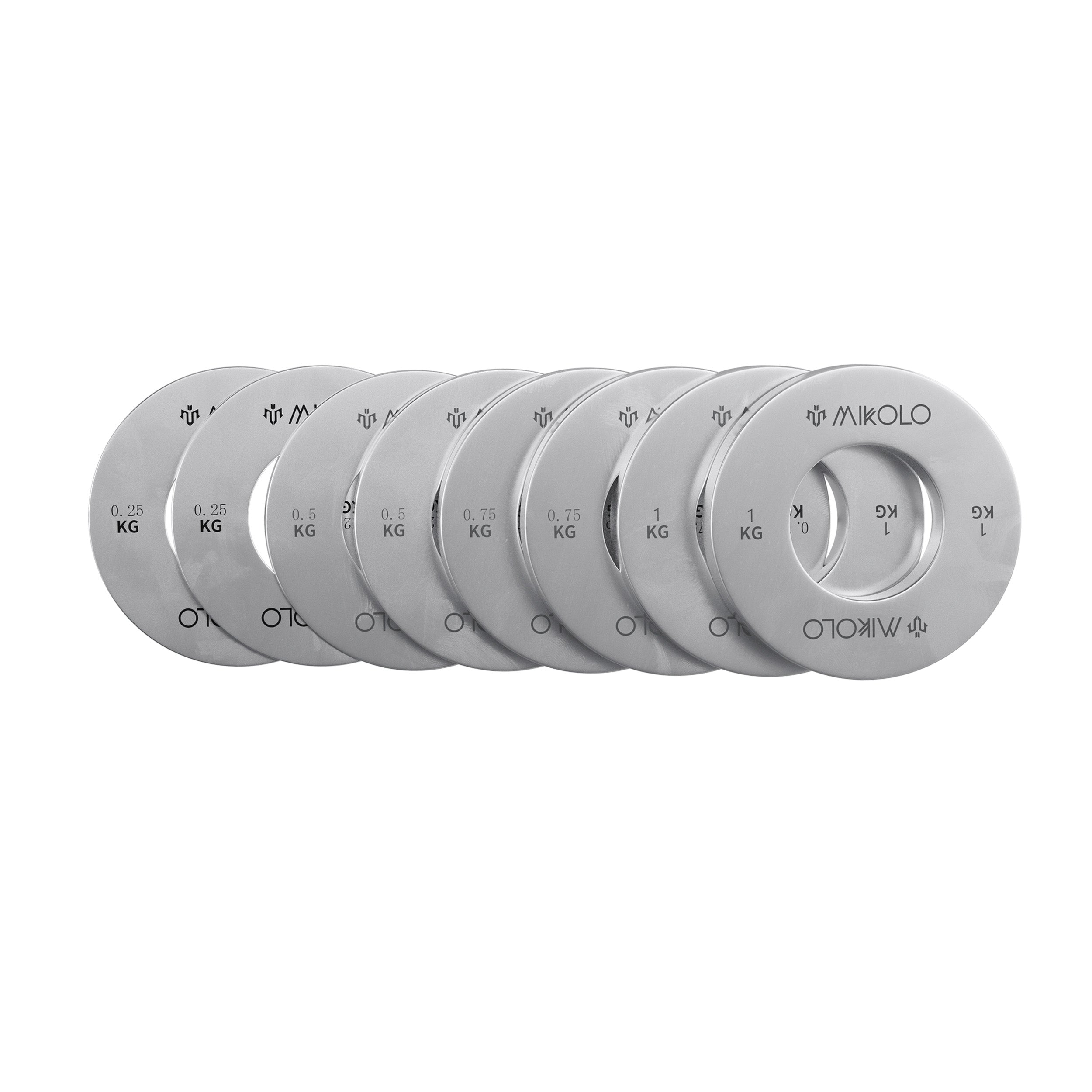
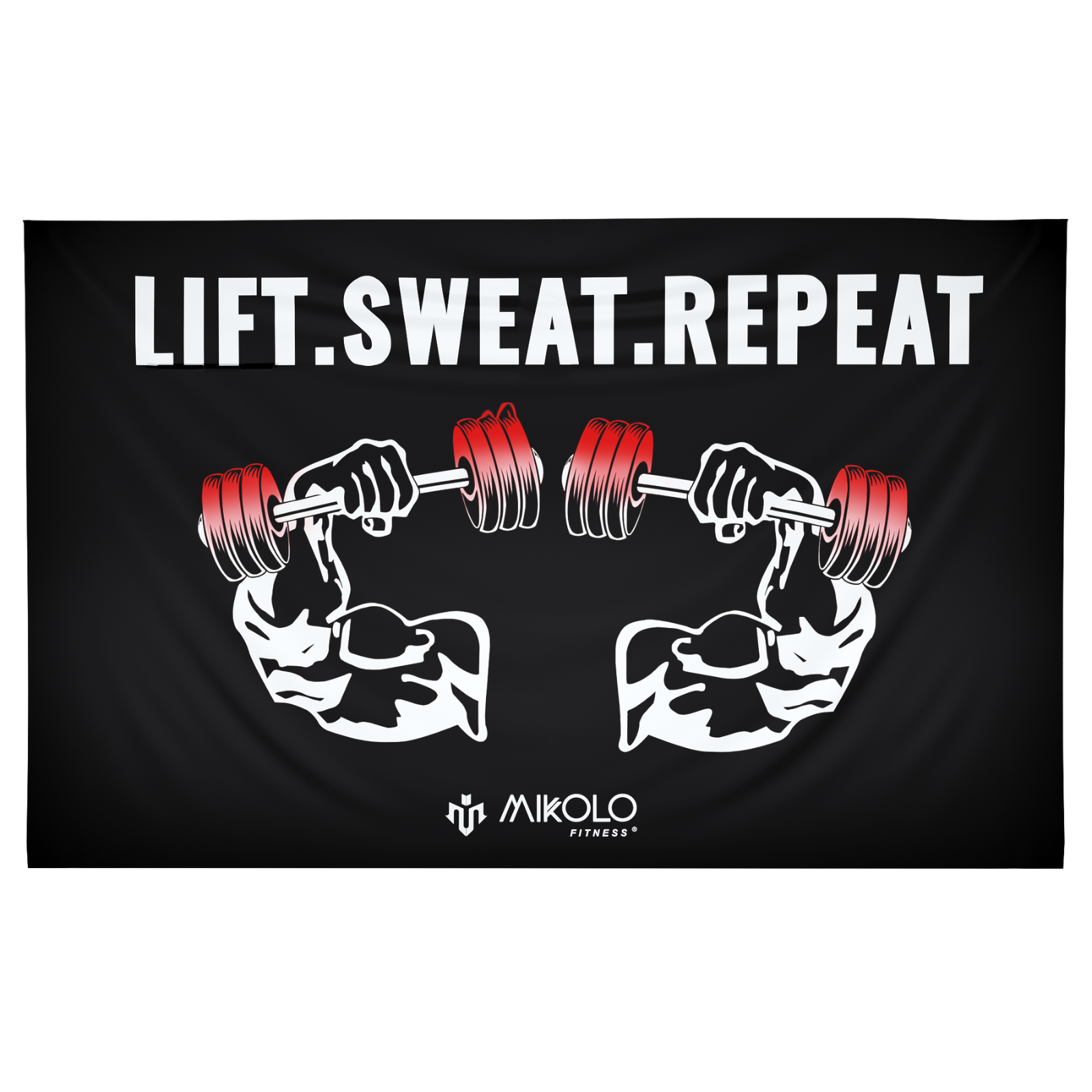
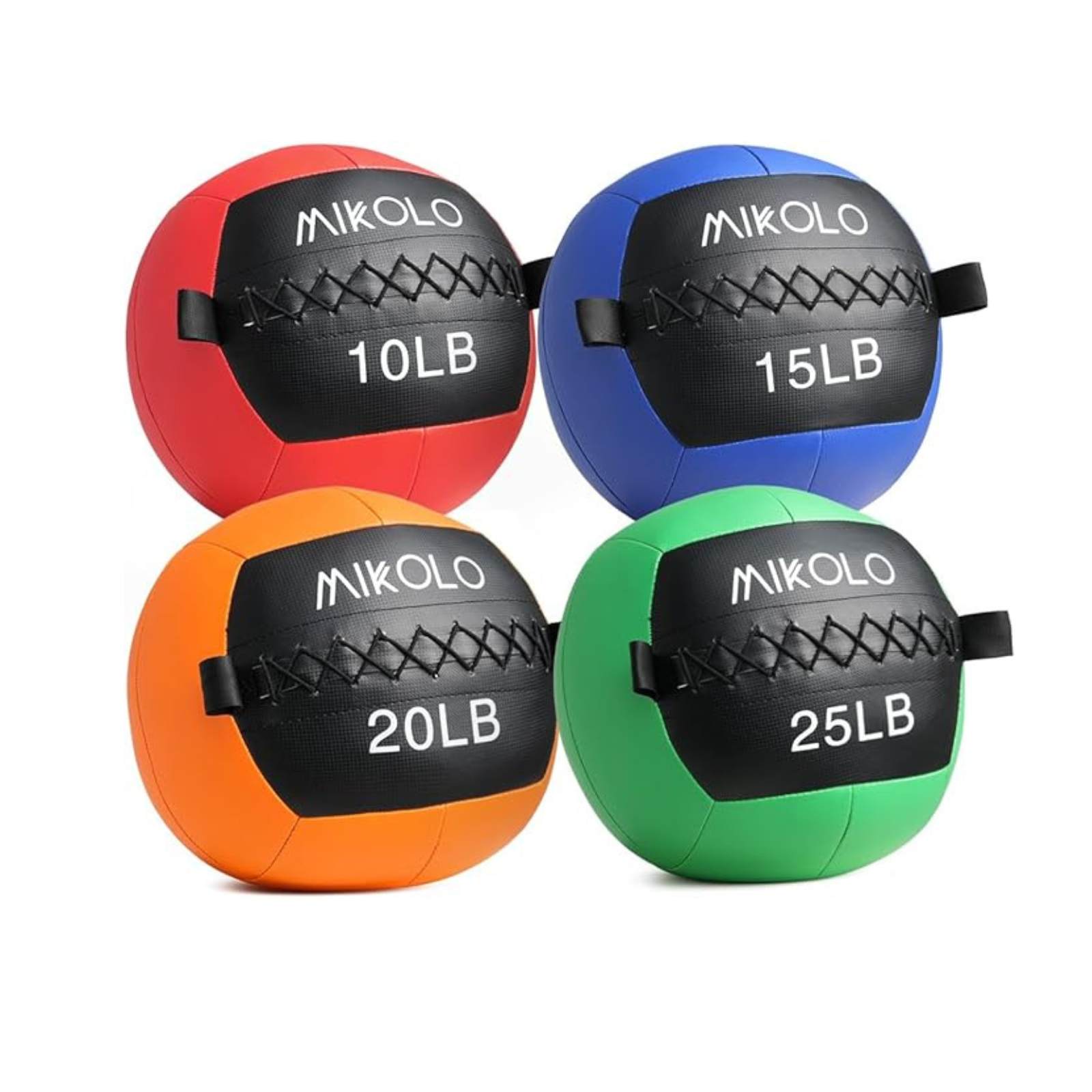
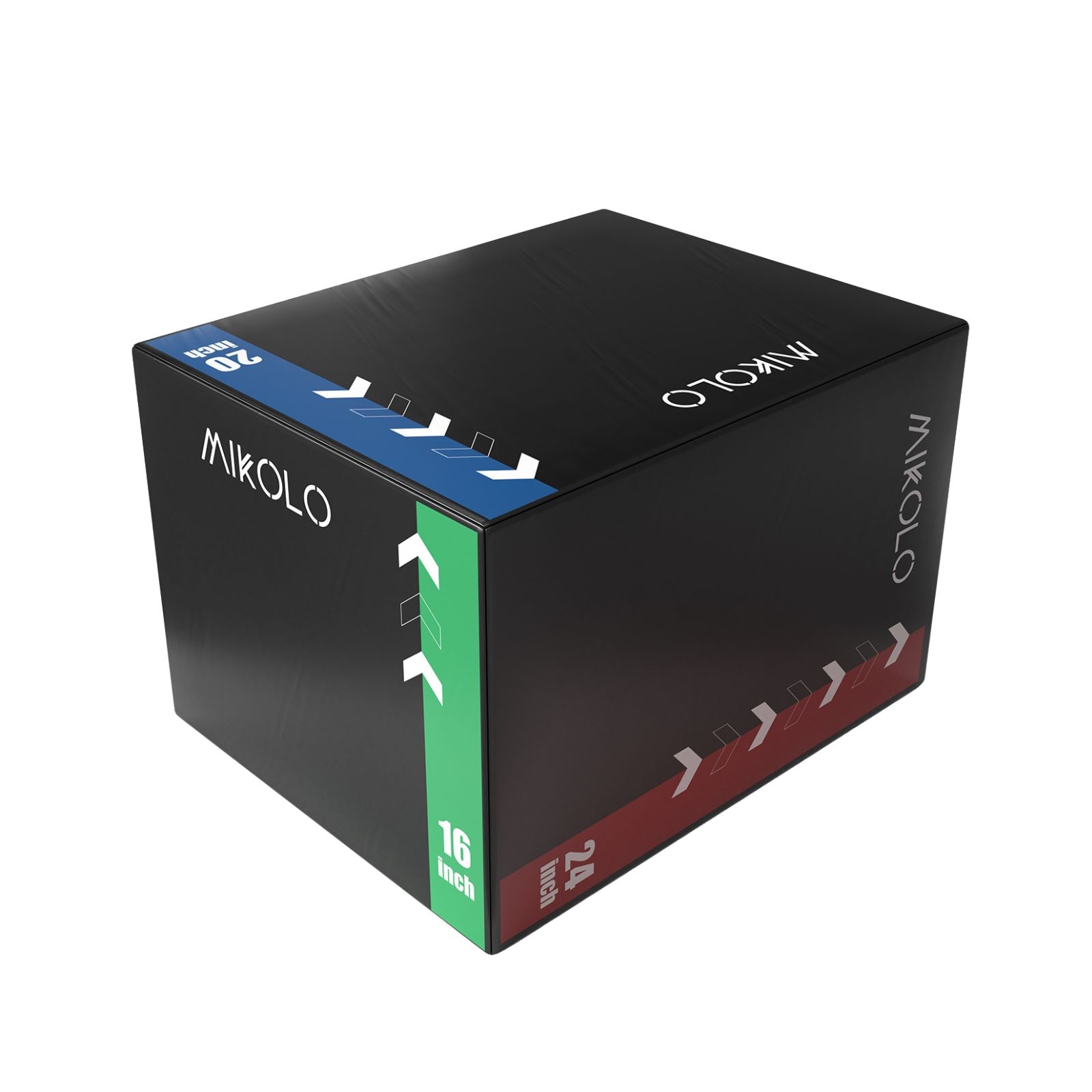

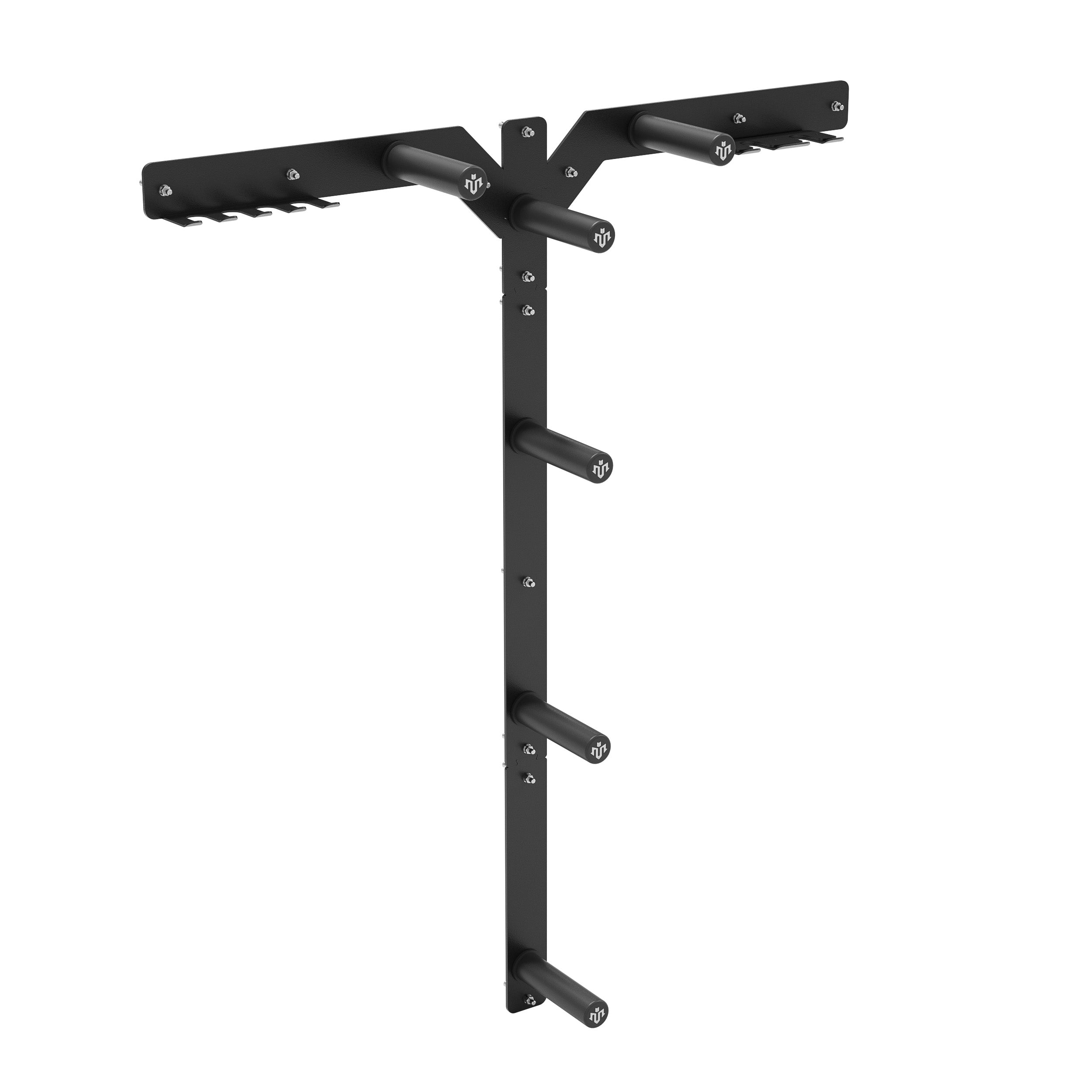




Leave a comment
This site is protected by hCaptcha and the hCaptcha Privacy Policy and Terms of Service apply.